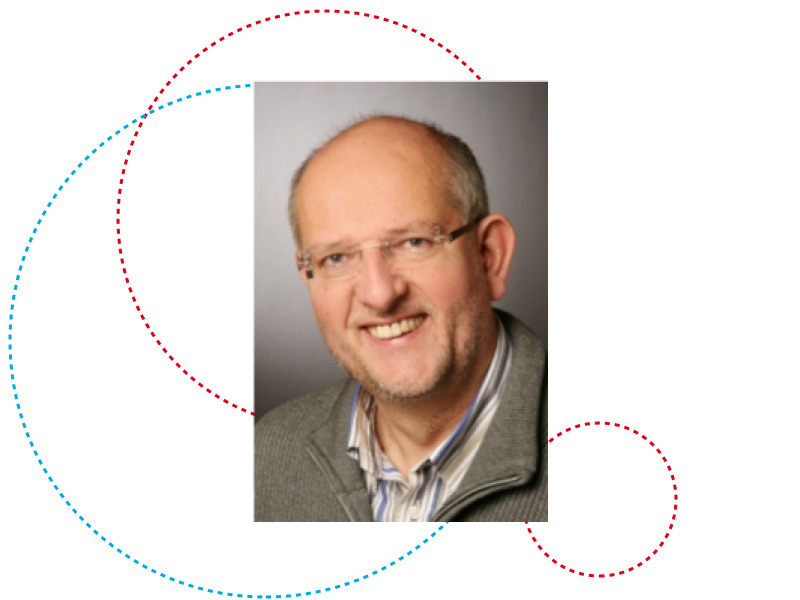Self-propelled particles
Abstract: Ordinary materials are « passive » in the sense that their constituents are typically made by inert particles which are subjected to thermal fluctuations, internal interactions and external fields but do not move on their own. Living systems, like schools of fish, swarms of birds, pedestrians and swimming microbes are called « active matter » since they are composed of self-propelled particles. Active matter is intrinsically in nonequilibrium and exhibits a plethora of novel phenomena as revealed by a recent combined effort of statistical theory, computer simulation and real-space experiments. After an introduction on biological and artificial self-propelled particles [1], the talk will focus on modelling of active Brownian particles and collective phenomena like motility-induced phase separation. Finally effects of inertia and the formation of active complexes will be discussed including an inertial delay [2], the coexistence of two states with different temperatures [2], an active refrigerator [3] and entropons in active crystals [4].
About the speaker:
Recipient of the ERC Advanced Grant INTERCOCOS Interdisciplinary research of complex plasmas and colloids (2010-2016)
Speaker of the Collaborative Research Centre TRR6 Physics of Colloidal Dispersions in External Fields funded by the German Research foundation (DFG) (2002-2013)
Coordinator of the German-Japanese bilateral cooperation Soft Matter in nonequilibrium funded by the DFG (2011-2013)
Member of the Senate of the DFG (2014-2021)
Fellow of the Institute of Physics
Recipient of the Gentner-Kastler-Prize (award from the Deutsche Physikalische Gesellschaft and the Société Francaise de Physique for exceptional contributions to physics) for the contributions to the physics of soft matter, in particular for the work on colloids
